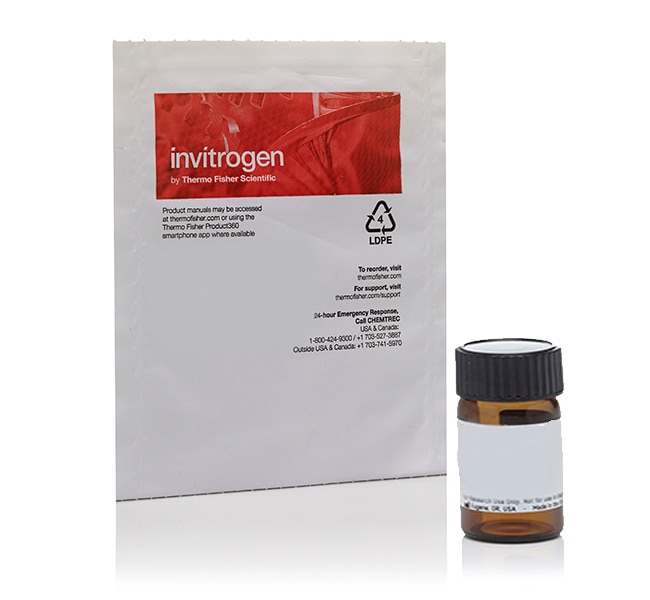Search Thermo Fisher Scientific

6-NBDG (6-(N-(7-Nitrobenz-2-oxa-1,3-diazol-4-yl)amino)-6-Deoxyglucose)
| Catalog Number | Quantity |
|---|---|
| N23106 | 5 mg |
Air Freight Restricted Products - 2-4 business days for Beijing, Shanghai, Guangzhou, Shenzhen and provincial capitals, 3-5 business days for 2nd-tier cities, and 6-10 business days for 3rd-tier cities and remote areas.
Supply Center: Delivered from the Supply Center closest to you.
Figures

Customers who viewed this item also viewed
Documents & Downloads
Certificates
Safety Data Sheets
Molecular Probes® Handbook
Frequently asked questions (FAQs)
Final concentrations of 2-NBDG can range from 10 µM to 600 µM; 100 µM to 600 µM have been used with bacteria and yeasts and, from 10 µM to 200 µM for primary and cultured mammalian cells.
Final concentrations of 6-NBDG may range from 30 µM up to 300 µM.
Cells should be incubated at the desired temperature and time to allow for sufficient detection of green-yellow fluorescence within cells. Uptake is temperature dependent. Incubation times may range from seconds up to 30 minutes or longer, dependent upon the final concentration of the reagent, cell type, culture conditions, and other factors.
Find additional tips, troubleshooting help, and resources within our Cell Analysis Support Center.
Compatible solvents (and approximate maximum solubility): DMSO ( ˜10 mg/mL), DMF (˜10 mg/mL), ethanol (˜20 mg/mL), methanol (˜20 mg/mL), H2O (˜10 mg/mL), PBS, pH 7.2 (˜10 mg/mL).
Stock solutions may be prepared using the recommended solvents in concentrations at or below their maximum solubility and then stored frozen, desiccated (for non-aqueous solvents), and protected from light. Aqueous solutions should not be stored longer than one day.
For long-term storage, these reagents should be stored as a solid at ≤–20°C. To make smaller aliquots, dissolve the reagent in ethanol, make smaller aliquots in separate vials and then evaporate the solvent using a vacuum pump. Do not use DMSO or DMF due to their low vapor pressure.
Find additional tips, troubleshooting help, and resources within our Cell Analysis Support Center.